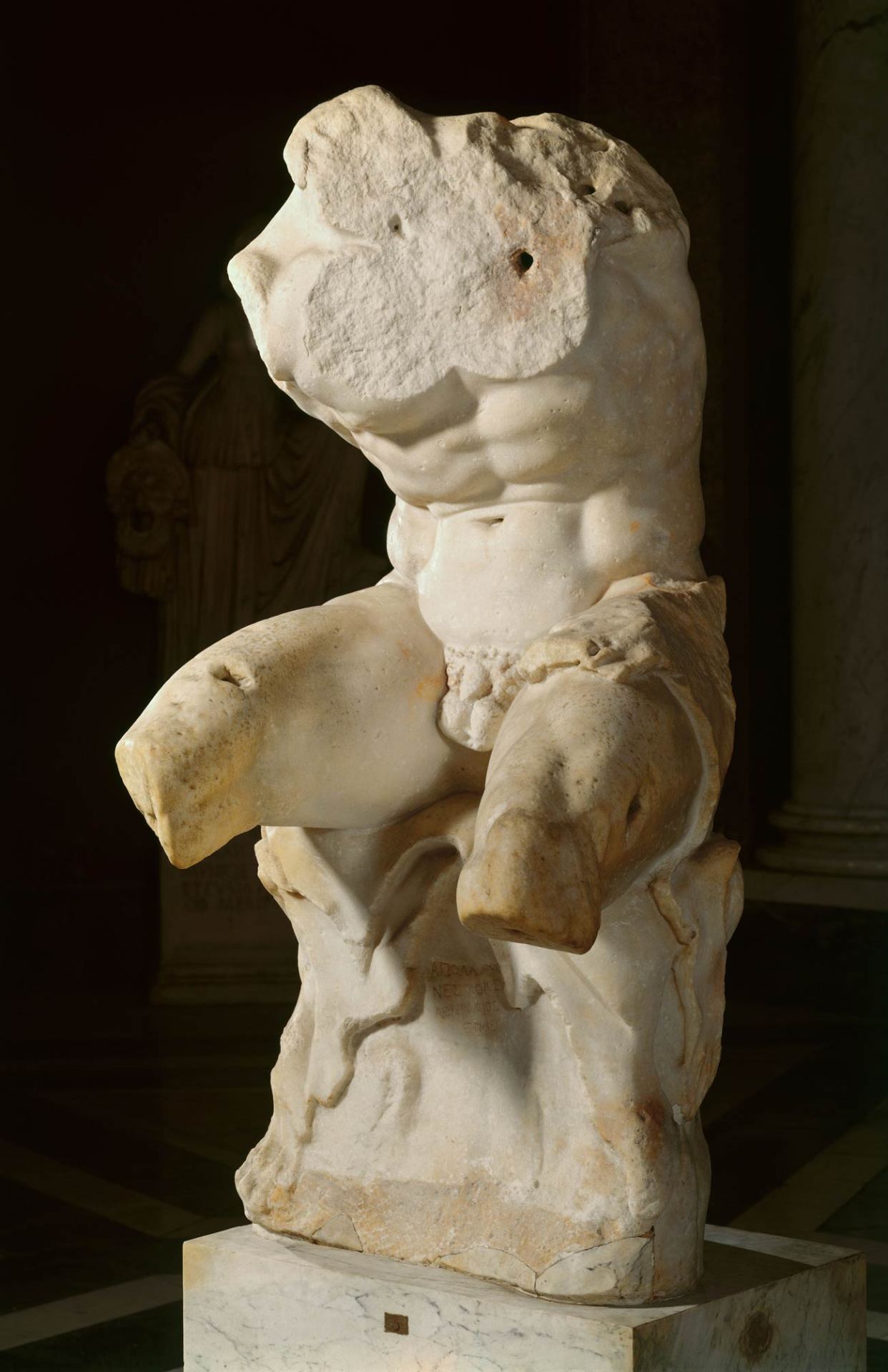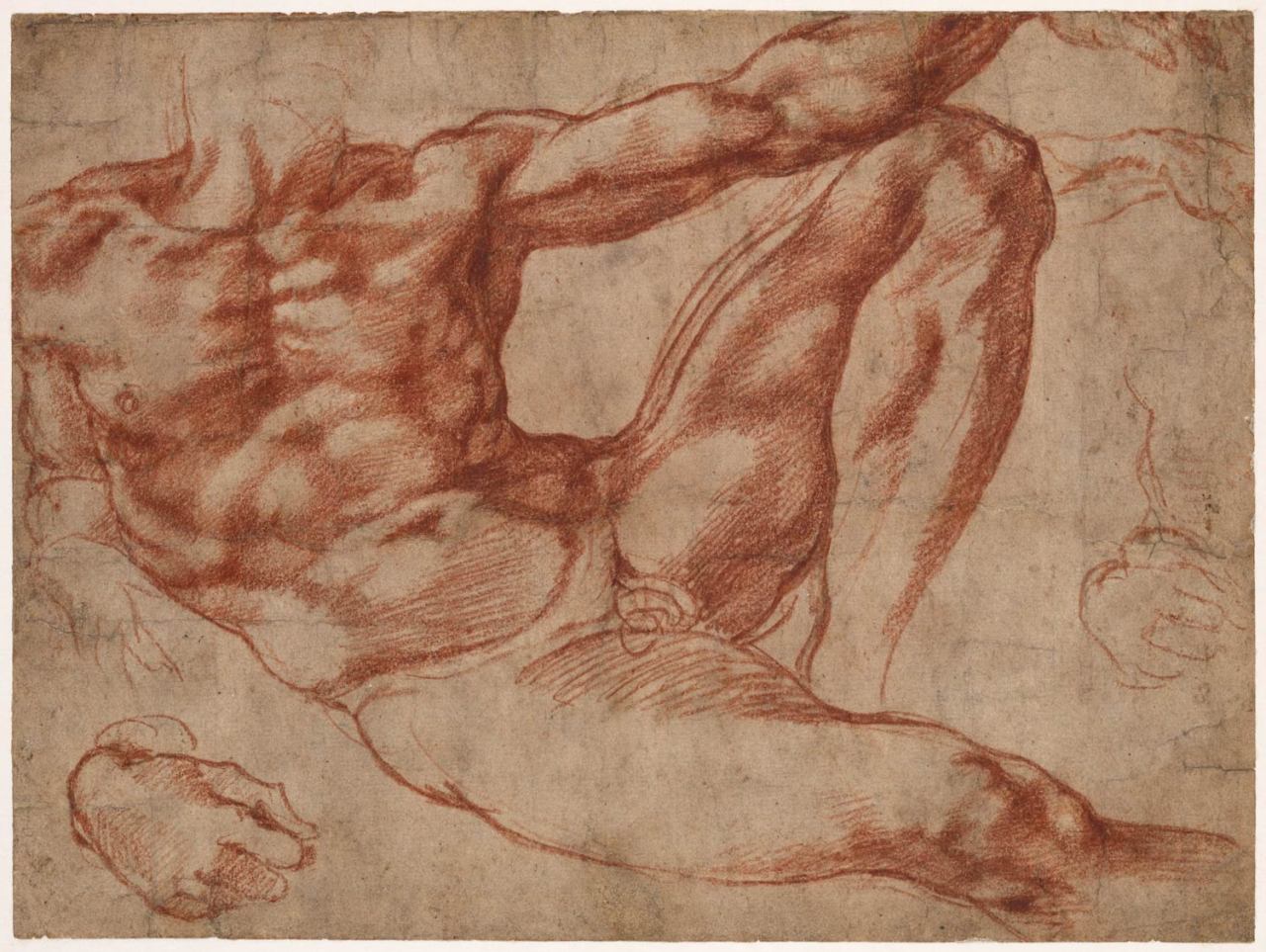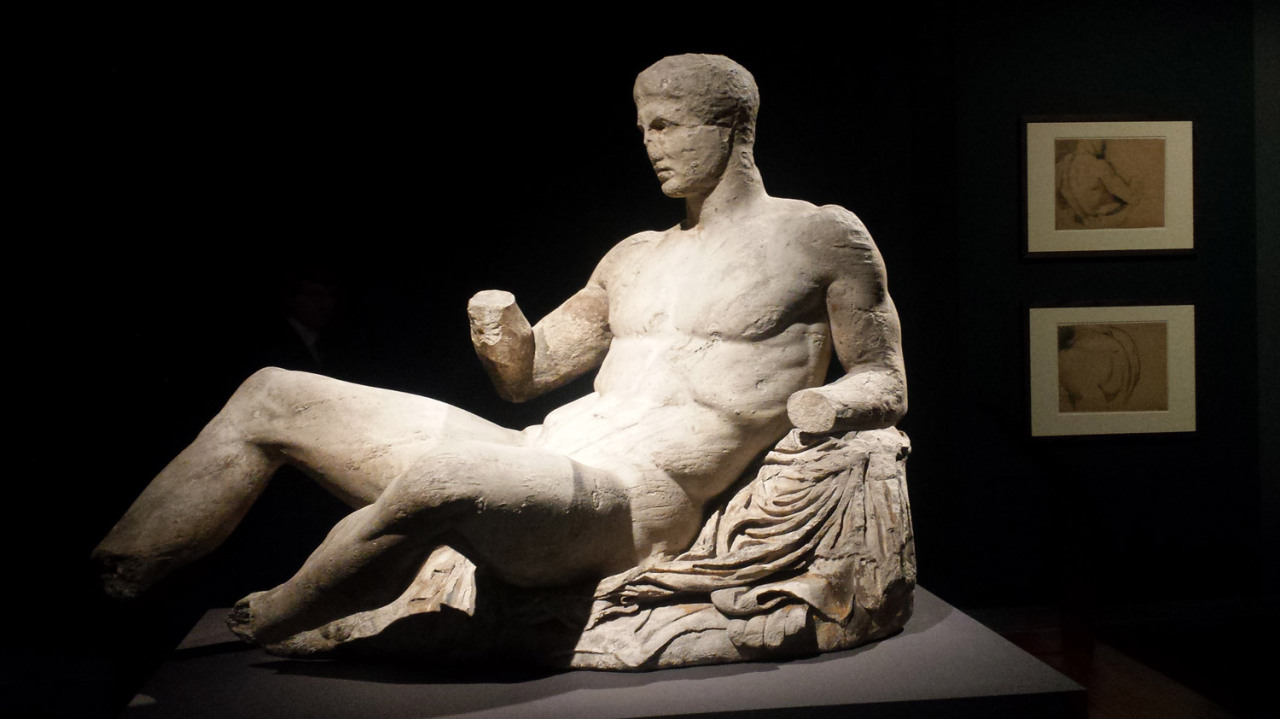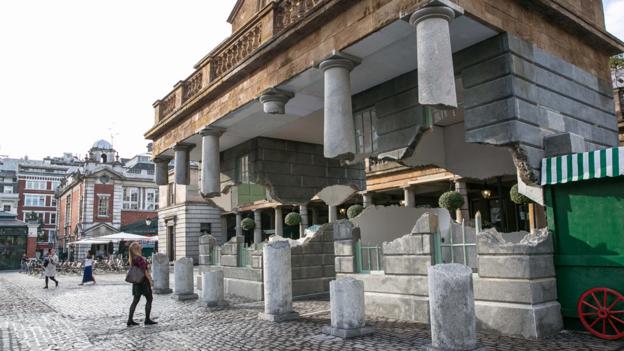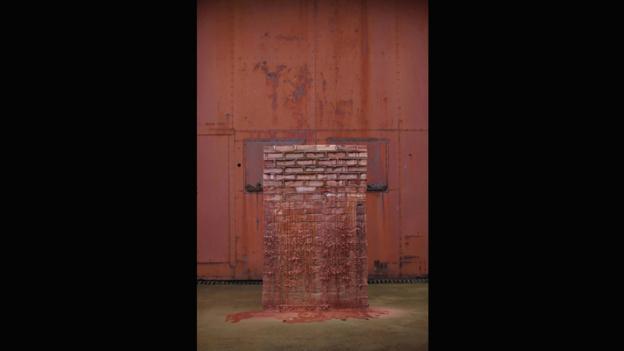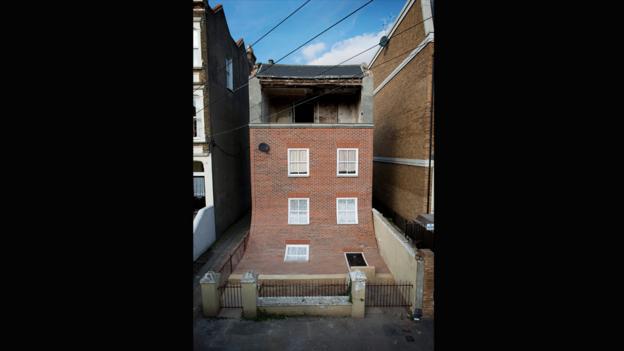The Nakanishi Prize is awarded to two graduating seniors who, while maintaining high academic achievement, have provided exemplary leadership in enhancing race or ethnic relations at Yale College. This year’s prize is awarded to Austin Li Long of Calhoun College David Duong Nguyen of Berkeley College.

Pictured with President Peter Saloivey are Austin Long (left) and Davis Nguyen, the winners of the Nakanishi Prize for "exemplary leadership in enhancing race or ethnic relations at Yale College." (Photo by Michael Marsland)
Austin Li Long
Austin Long's work for the Asian-American community at Yale is exemplary. As a leader who has increased opportunities for the Asian American and Pacific Islander communities, he has revived the Asian American Studies Task Force, spearheaded Yale’s first Asian American Studies Conference, and chaired the Political Action and Education Committee. As a Peer Liaison for the Asian American Cultural Center, he has been an invaluable resource to freshmen. And as a student advocate, he has shaped the face of Asian American unity and activism on campus, benefiting students now and in generations to come.
For his many contributions to race and ethnic relations at Yale College, Yale is honored to bestow the Nakanishi Prize upon Austin Li Long.
Davis Duong Nguyen
Davis Nguyen's passion about intra-ethnic solidarity is truly impressive. As the president of the Vietnamese Student Association, he has increased communication among student organizations and brought them together, creating a culture that has encouraged students to participate in the AACC and extend its reach. Through his public-speaking workshops and by teaching community-building skills to the Yale public through the YaleConnect program, he has fostered relationships across campus. And by leading by example, he has inspired our entire community.
For accomplishing so much in the service of race and ethnic relations at Yale College, Yale is honored to bestow the Nakanishi Prize upon Davis Duong Nguyen.









